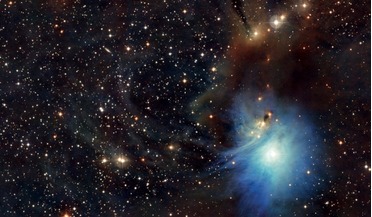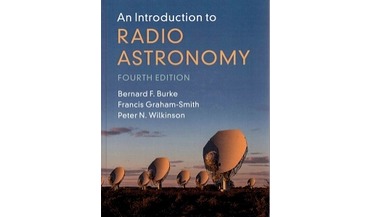 August 2020
Battle for the night sky - from telescopes to ad-breaks
August 2020
Battle for the night sky - from telescopes to ad-breaks
... in orbit) means that finding a piece of untainted, dark sky will become significantly harder. Moreover, it is not just optical astronomy that faces disruption from the operation of these very large constellations. While the frequencies used in radio...
 April 2020
Satellite mega-constellations pose threat to ground-based astronomy
April 2020
Satellite mega-constellations pose threat to ground-based astronomy
... horizon. Around 50 satellites are in range, at any time, at the elevations most frequently used for professional optical astronomy, above 30 degrees. Table 2 Satellites in range for the Starlink configuration from Table 1, for different observatory...
 March 2018
Exploring the extreme universe
March 2018
Exploring the extreme universe
... field vector of detected electromagnetic radiation) is an established technique at other wavelengths such as those of radio and optical astronomy, it has been little exploited in high-energy astrophysics to date. However, polarization analyses with...
 01 October 2019
An Introduction to Radio Astronomy (4th Ed)
01 October 2019
An Introduction to Radio Astronomy (4th Ed)
... and the discovery of pulsars the following year; although it fails to excite the public in the same way as optical astronomy, it continues to provide an ever-expanding window on the universe. As the authors suggest, this book will be useful for...
 22 April 2020
SpaceX seeks permission to lower the orbit of all its first-gen Starlink satellites
22 April 2020
SpaceX seeks permission to lower the orbit of all its first-gen Starlink satellites
... at higher orbits does not alleviate the need for operators to take additional steps to mitigate their impact on optical astronomy—in fact, higher orbits may worsen the effect in some cases. SpaceX therefore encourages other satellite operators...
 12 January 2018
Evidence in DES map of small galaxies being eaten by the Milky Way
12 January 2018
Evidence in DES map of small galaxies being eaten by the Milky Way
... discoveries,” added Adam Bolton, associate director for the Community Science and Data Center at the National Optical Astronomy Observatory (NOAO).